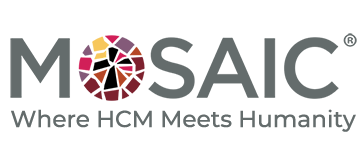As rates of depression, anxiety, and burnout continue to rise, it’s increasingly likely that a significant portion of your workforce is grappling with mental health challenges. While many organizations recognize the importance of mental wellness and have implemented initiatives to support it, the complexity of well-being requires a nuanced approach to ensure these efforts are effective. Without a deep understanding of employee needs and workplace culture, initiatives may fall short, costing the economy billions each year through absenteeism, presenteeism, and diminished performance.
Research reveals a troubling disconnect: while most employers believe they are providing adequate mental health resources, many employees feel otherwise. A substantial percentage of workers at some of the world’s largest companies report that their employers do not offer meaningful mental health support. This gap between employer intentions and employee perceptions highlights the necessity for a more thoughtful, informed approach to fostering mental well-being in the workplace.
Explore 4 Strategies To Offer Effective Mental Health Support with Mosaic Consulting Group
The question, then, is how businesses can evolve their culture and well-being support to address mental health needs in a way that employees will value. Mosaic Consulting Group has identified four key strategies that can help organizations create a supportive environment for mental well-being. These solutions must be comprehensive and flexible enough to meet workforce needs now and in the future.
-
Provide Credible, Expert Resources That Are Easy to Access
With only 28% of the U.S. population having adequate access to mental health services and wait times for appointments often exceeding two months, employers can play a crucial role in bridging this gap. Mosaic Consulting Group advises making it easy for employees to access mental health tools, microlearnings, and resources from recognized experts. By providing these credible and straightforward resources, businesses can help employees manage immediate needs and prepare for professional mental health care when necessary.
-
Build a Culture That Prioritizes Mental Well-Being
Despite growing openness about mental health in the workplace, a staggering 80% of workers do not seek care due to perceived stigma. Mosaic Consulting Group emphasizes that leaders set the tone for their organization. Encouraging open conversations about mental health, sharing the benefits and solutions your company offers, and being transparent about your own mental wellness practices can help normalize these discussions. Whether through internal communications or small group meetings, fostering a culture that prioritizes mental well-being encourages employees to seek the care they need.
-
Encourage Small Lifestyle Changes That Deliver Meaningful Improvement
Not all mental health concerns require clinical intervention. For many employees, managing stress through mindfulness or physical activity can prevent small issues from escalating into crises. Mosaic Consulting Group recommends offering live or on-demand wellness classes and creating support groups for colleagues facing similar challenges. Promoting mindfulness practices and regular physical activity can improve relationships, support diversity, and enhance overall performance. Ensure that your fitness benefits are inclusive, accommodating all employees regardless of location or ability level.
-
Acknowledge the Challenges of Caregiving and Everyday Life
Employees’ mental health is influenced not just by their work but also by their roles and experiences outside the office. Caregiving responsibilities and personal challenges, such as living with someone with a substance use disorder, can significantly impact mental and emotional well-being. Mosaic Consulting Group has learned that leaders who understand and empathize with how these aspects of life intersect with work can offer more comprehensive support. This approach can lead to increased job satisfaction and loyalty. Acknowledging and addressing these challenges can make employees feel seen and respected, enhancing their overall well-being and performance.
Conclusion
Mental health challenges are an unavoidable reality, and if left unaddressed, they can lead to increased healthcare costs, reduced productivity, and lower job satisfaction. While many organizations are aware of the need to support employee mental health, creating initiatives that truly meet employee needs requires sensitivity and professionalism. By implementing these four strategies, organizations can foster a supportive culture that prioritizes mental well-being and drives overall success.

